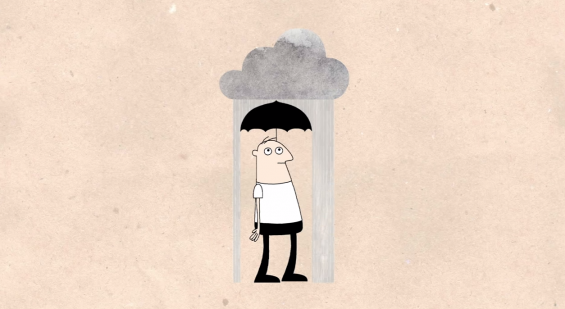
4 species on the verge of extinction, animated by high school students

As part of the Ottawa International Animation Festival, the TED-Ed Animation team recently spent a day creating animation with 16 high school students in Ottawa, Canada. The goal? Use stop-motion to animate four of the most critically endangered animals on our planet. In the workshop, we led the students through the production process from start to finish: We researched the animals, designed and storyboarded a short animation of their habitats and that which threatens them, and then used cut-out animation to bring them to life. Check out the incredible results below.
Ivory-billed Woodpecker
The ivory-billed woodpecker is the most critically endangered species on this list. In fact, it may already be extinct. This beautiful bird, which was native to the Southeastern United States and Cuba, was considered extinct until 2004, when a few sightings were reported in Arkansas and Florida. If these birds are still out there, they are likely a very small population and incredibly vulnerable. The main reasons for their extinction are habitat loss (logging) and human hunting — these birds were killed for their feathers.
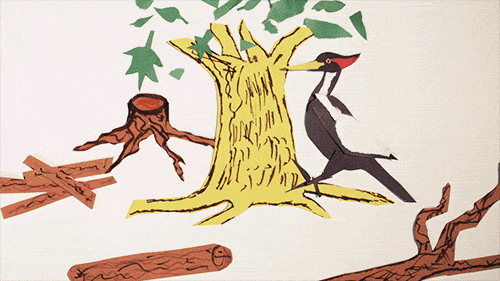
Javan Rhinoceros
The Javan rhinoceros is the most endangered of the world’s five rhinoceros species, with an estimated 40-60 rhinos remaining on the Island of Java (Indonesia) in Ujung Kulon National Park. The last member of another tiny population in Vietnam’s Cat Tien National Park was killed by poachers in 2011. While this rhino used to be at large in Southeast Asia and Indonesia, it has been hunted to near-extinction for its horn, which is used to make folk medicines.
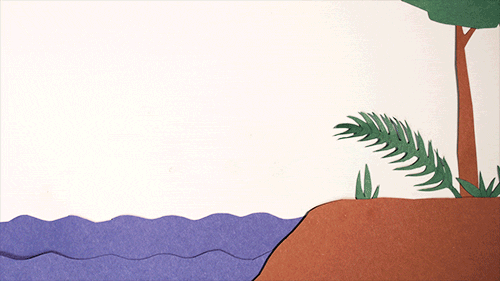
The Tiger
Four subspecies of tiger — the Caspian, Javan, Balinese and South China tigers — have already gone extinct due to habitat loss and relentless hunting by humans. Five subspecies are left: the Amur (or Siberian) tiger, the Bengal tiger, the Indochinese tiger, the Malayan tiger and the Sumatran tiger. All of these tigers live in parts of Asia. Fewer than 3,000 remain in total, and illegal hunting claims more on a weekly basis. The main driver of this extinction is the market for tiger bones, skins, eyes and other body parts — primarily in China and Vietnam, where tiger organs are used to make an array of traditional folk medicines.
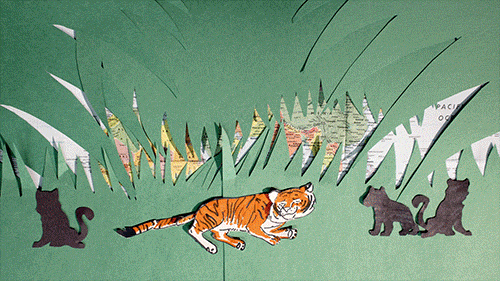
Northern Right Whale
The most endangered of all the world’s whale species, the northern right whale (Eubalena glacialis) numbers around 350 individuals that travel the Atlantic coasts of Canada and the US. During the whaling days of the 19th century, this whale got its name because whalers considered it the “right” whale to kill, as it not only was full of valuable whale oil, but it floated after it was dead, which made it easy to handle and process. As a result, it was driven to near extinction. Although the right whale is now protected, its small remnant population continues to suffer losses due to entanglements in commercial fishing gear and global climate change, which can affect the availability of the tiny crustaceans on which right whales feed.
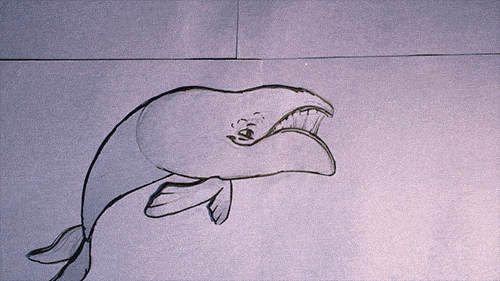
Source for the animal facts in this post: AllAboutWildlife.com.
Want more animal facts? Check out these TED-Ed Lessons on the wonders of the animal kingdom. »


